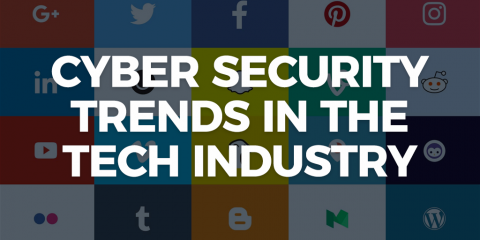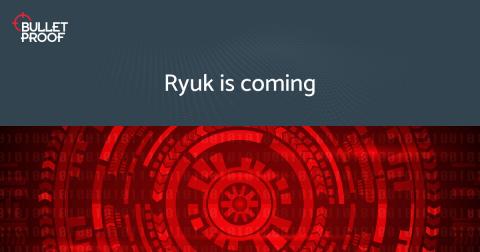British Airways faces record £183 million GDPR fine after data breach
What’s happened? British Airways is facing a record fine of £183 million, after its systems were breached by hackers last year and the personal and payment card information of around 500,000 customers were stolen. 183 million quid!? That sounds huge! Yes, it’s the biggest fine ever handed out by the UK’s Information Commissioner’s Office (ICO).








